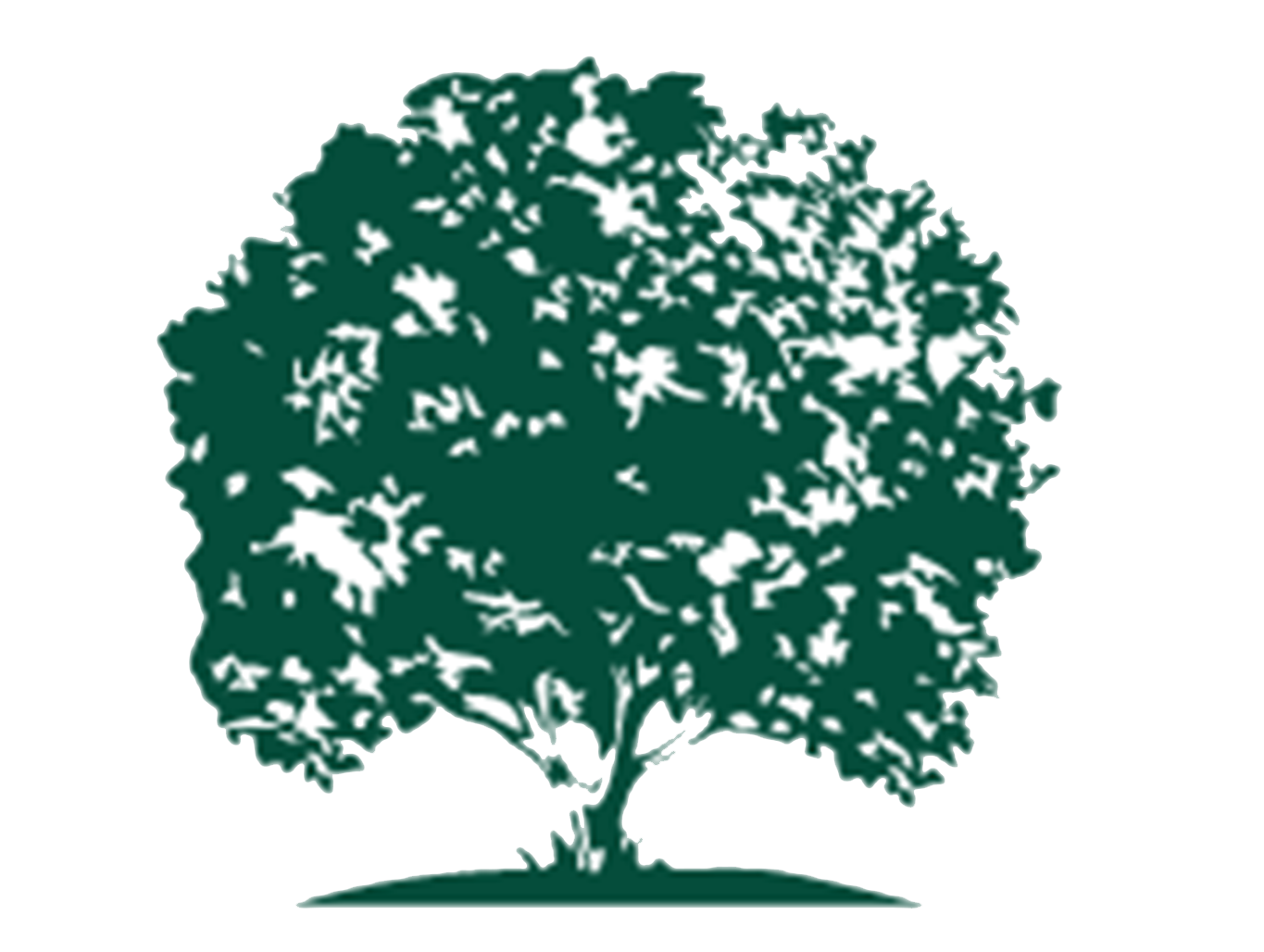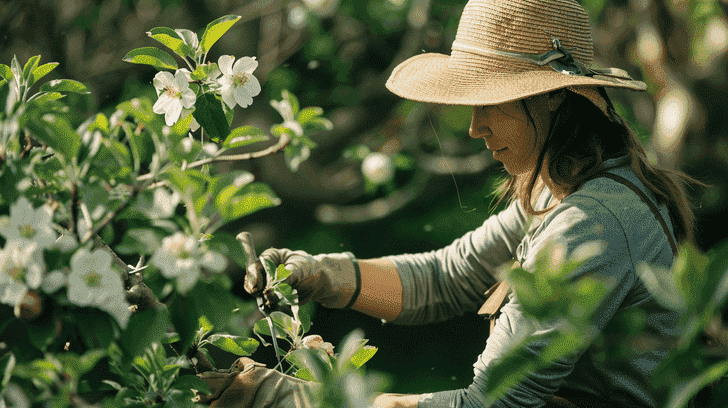Trimming Fruit Trees in Spring – Essential Tips
You’ll greatly enhance your fruit tree’s productivity and health by trimming it in the spring, as this critical task sets the stage for a successful growing season.
By trimming in spring, you’ll minimize stress on the tree, conserve energy for fruit production, and enhance overall health.
Mastering proper pruning techniques is key, as it promotes air circulation, increases fruit yield and quality, and strengthens tree structure.
To access these benefits, you’ll need to understand the nuances of pruning, avoid common mistakes, and make precise cuts. Discover how to fine-tune your pruning skills and take your fruit tree to the next level.
Why Trim Fruit Trees in Spring
Trimming your fruit trees in spring is vital because it minimizes stress on the trees, allowing them to conserve energy and focus on fruit production. This seasonal pruning benefits tree health by removing weak points and opening up the tree for better light and air circulation.
Proper timing is essential, as trimming in spring allows your trees to reap the benefits of a less stressful growing season. By trimming now, you’re setting your trees up for a successful fruit production season.
Remember, the goal is to promote healthy growth and maximize fruit yield. By prioritizing your trees’ health, you’ll be rewarded with a bountiful harvest.
Mastering Pruning Techniques for Success
To master the art of pruning, you’ll need to develop a keen eye for detail and a solid understanding of proper pruning techniques. This will help you make precise cuts that promote healthy growth and maximize fruit production.
Common mistakes to avoid include cutting too much or too little, as this can stress the tree. Invest in high-quality pruning shears to make clean cuts.
When thinning out branches, focus on removing inward-growing or crossing branches that can hinder tree health and reduce fruit yield. Make angled cuts to prevent water buildup, and prioritize boosting yield by promoting a balanced tree structure.
Boosting Fruit Yield and Quality
By implementing proper pruning techniques, you can greatly increase fruit yield and quality. A well-structured tree allows for better light penetration, air circulation, and fruit ripening.
This, in turn, enhances the benefits of fruit ripening, as the open vase shape enables light to reach all parts of the tree.
Removing excess branches leads to increased fruit yield, and two-year-old wood on fruit trees yields the best fruit. Proper pruning also promotes tree health and maintenance, as it reduces disease risk and supports the development of quality fruit.
Unlocking the Benefits of Pruning
As you prune your fruit trees, you’ll reveal a multitude of benefits that enhance their overall health, structure, and productivity.
Pruning benefits include improved fruit production, enhanced tree maintenance, and a stronger tree structure.
Spring trimming is essential for promoting healthy trees, as it allows for better air circulation, reduces disease risk, and facilitates easier fruit picking.
By removing inward-growing branches and opening up the tree, you’ll promote better light penetration and increase fruit yield.
Regular pruning leads to increased fruit production, as two-year-old wood yields the best fruit. By focusing on shaping the tree for peak fruit production, you’ll maximize the full potential of your fruit trees and enjoy a bountiful harvest.
Essential Pruning Tips for Success
When pruning your fruit trees, you’ll want to keep these essential tips in mind to guarantee a successful trimming process that sets your trees up for best fruit production and overall health.
Avoid common pruning mistakes, such as cutting branches at the wrong angle or leaving stubs, which can lead to disease and pest issues.
Consider branch positioning when pruning, as this will impact light penetration and air circulation.
Trim your trees regularly, ideally during the dormant season, to maintain their shape and promote healthy growth.
Invest in quality pruning tools, like sharp hand pruners and loppers, to make clean cuts.
Pruning for a Healthier Tree Structure
To promote a stronger tree framework, focus on removing branches that grow inward or cross each other, as these can cause damage and reduce fruiting. By pruning these branches, you’ll improve your tree’s overall health and structure.
This allows for better air circulation and light penetration, which enhances photosynthesis and reduces disease risk. Proper pruning techniques also facilitate healthy growth and shaping, ensuring your tree maintains its vitality.
In the spring, pruning is important for maintaining a strong tree structure, which is essential for fruit production. By prioritizing your tree’s health, you’ll reap the benefits of increased fruit yield and a longer tree lifespan.
FAQ
Is it okay to trim fruit trees in spring?
Trimming fruit trees in spring is an excellent idea, since it minimizes stress on the trees and sets them up for a healthy and productive growing season.
Spring trimming is effective because it allows you to remove weak or damaged branches before new growth begins.
This reduces the risk of disease and promotes healthy growth.
Late pruning can have consequences, such as reducing fruit production or causing stress to the tree.
By trimming in spring, you’re prioritizing tree health and setting yourself up for a bountiful harvest. Remember, timing is important, and spring is an ideal time to prune your fruit trees.
What month is the best time to prune fruit trees?
During the late winter or early spring months, typically February or March, you’ll want to prune your fruit trees.
This timing minimizes stress on the trees and allows for ideal growth.
Avoid late pruning, as it can stimulate new growth that may not have time to harden off before winter.
| Pruning Season | Benefits |
| Winter Trimming | Minimizes stress, promotes healthy growth |
| Summer Pruning | Controls size, promotes fruiting |
| Fall Maintenance | Prepares tree for winter, removes diseased branches |
Is April too late to prune apple trees?
By April, you’re likely pushing the pruning window, and delaying pruning further can stimulate new growth that may not have time to harden off before winter.
While it’s not ideal, late pruning can still benefit your apple trees. Focus on removing any dead, diseased, or damaged branches to maintain tree health. This will prevent the spread of disease and encourage fruit production.
However, be cautious not to stimulate new growth that may not have time to mature before winter. Prioritize pruning branches that are crossing or growing inward, as these can reduce air circulation and hinder fruit production.
With careful spring trimming, you can still promote healthy growth and fruiting in your apple trees.
Is it OK to trim tree branches in the spring?
As you’ve addressed the timing of pruning apple trees, you’re likely wondering whether it’s okay to trim tree branches in the spring, and the answer is yes, spring is a great time to trim fruit trees, provided you do it before new growth begins.
Spring pruning helps maintain tree health by minimizing stress and promoting healthy growth.
Timing is essential, as pruning during active growth can cause tree stress. When trimming, make sure branch angles prevent water buildup and remove suckers that drain energy from the tree.
Focus on shaping your tree for best fruit production, removing inward-growing branches and those that cross each other.
By doing so, you’ll improve tree structure, promote better air circulation, and increase fruit yield.
Conclusion
As you put down your pruning shears, you’ve set the stage for a symphony of growth, with each snip orchestrating a harmonious balance between tree and fruit.
By pruning your fruit trees in spring, you’ve paved the way for a bountiful harvest, much like a master conductor guiding his orchestra to a grand finale.
With these techniques, your trees will thrive, and you’ll reap the rewards of a fruitful season.







